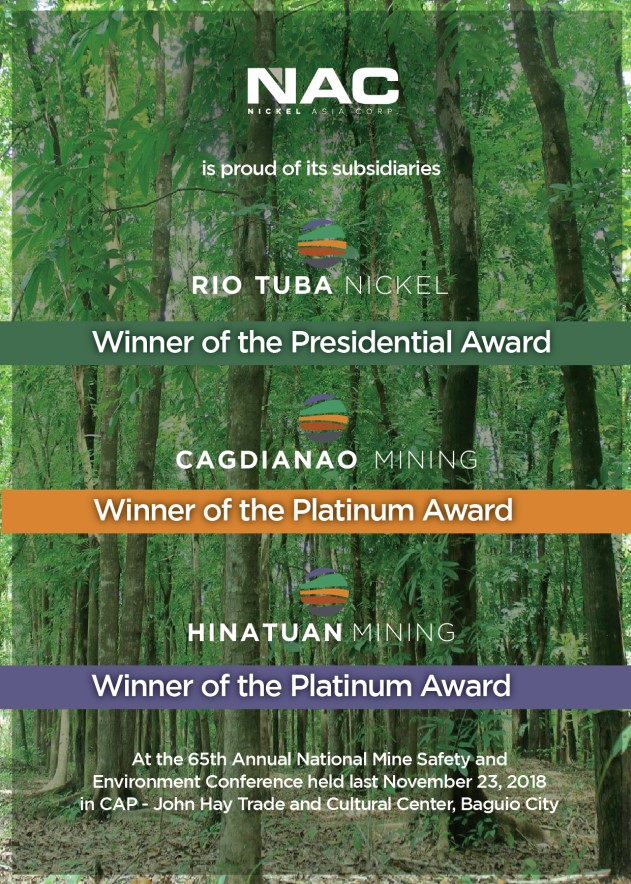Dolphins spotted in Alaminos
WILL dolphins soon be regular ‘visitors’ around the Lingayen Gulf?
This question came to mind among environmentalists when some 20 dolphins were sighted anew in Alaminos City last week.
Dr. Westly Rosario, National Integrated Fisheries Technology Development Center (NIFTDC) chief, said based on descriptions made by members of Alaminos City’s Bantay Dagat, there were at least three families of dolphins that were in the flock, among them the Spinner dolphin, the Bottle-Nosed dolphin and the bigger Risso Grampus Griseus dolphins.
Members of the Bantay Dagat who first spotted the sea mammals swimming in pods off Lucap Bay were assisted in identifying the dolphins with the aid of file photos shown by a team whose members were earlier trained to identify and distinguish cetaceans (sea mammals).
Rosario sent the team upon the request of Mayor Hernani Braganza.
He said the sighted dolphins have similarities with the traits of dead dolphins which the Bureau of Fisheries and Aquatic resources had collected in various shores of Pangasinan and whose remains are now buried in the world’s first fish cemetery inside NIFTDC.
Rosario theorized that the dolphins entombed in the NIFTDC fish cemetery belong to the same family.
The Risso dolphins, also commonly called grampus, explained Rosario, look like whales since they have no snouts, a facial feature of the Bottle-Nosed dolphins.
Rosario said the spinner and long-snout dolphins have similarities but have different peculiarities when already under water.
The Bantay Dagat members said they did not see any dwarf sperm whale in the pod, which is considered a dolphin and not a whale, and a kind of dolphin that could be indigenous to the Lingayen Gulf.
Braganza said upon seeing the dolphins, the Bantay Dagat team patrolled Lucap Bay to ensure that no harm comes to the sea ‘visitors’. The mammals were eventually guided back to the deeper part of the sea.
Rosario said dolphins are by nature gregarious or very sociable mammals and swimming in a pod is an indication that they are in a healthy state.
He added dolphins and other sea mammals swim towards the shore of the Lingayen Gulf at this time of the year when they are feeling weak and need to recharge in flowing water before returning to the deeper portion of the sea or to forage for food.
The mouth of a river is considered as the most productive part of the marine environment because it is there where natural food of the fish, called plankton qand small organisms can be found.
Sea mammals usually feed on fish that feed on fry of other kinds of fish.
This period of the year is considered as the spawning season for shrimps or alamang, a natural food of other fish and mammals.
He said this pod of dolphins just move within the vicinity of the Lingayen and may return again near the shore for food. —LM







